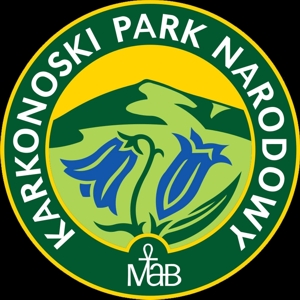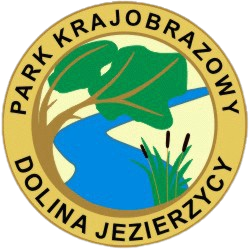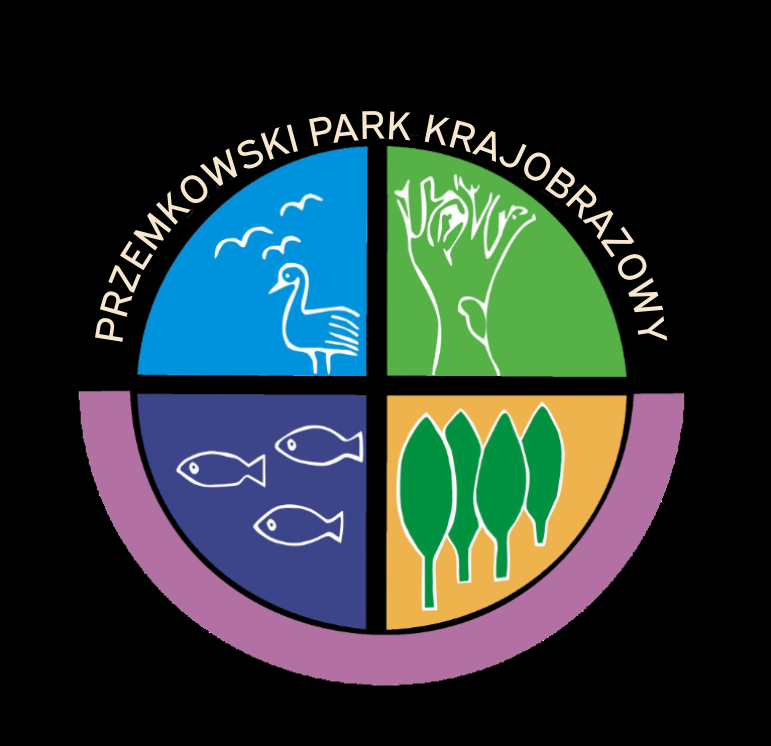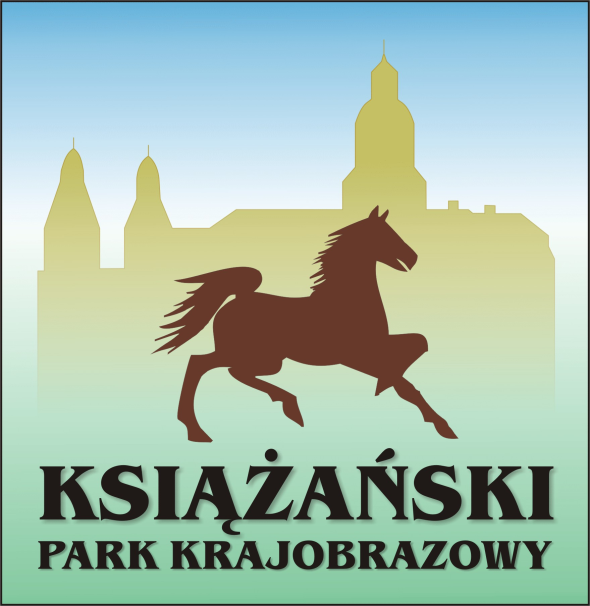



Lower Silesia lies in the south-western corner of Poland on the banks of the river Odra, at the point where Poland’s borders with the Czech Republic and Germany meet. The oldest historical document mentioning Silesia dates from 845AD (the next from 921) and the region contains more than 100 historical towns, with parks, gardens, castles and palaces, and monumental churches. The architecture to be found here includes rare Roman examples, along with unusual Silesian gothic, renaissance, baroque and neoclassical styles. Lower Silesia also has no fewer than 11 spa towns and health resorts offering affordable spa treatment, from a total of 29 across the country.
To find the real pearls of Lower Silesia, visitors should explore not only the beautiful regional capital of Wroclaw but also the smaller towns and villages, where many of our most extraordinary monuments are hidden and go undescribed in guidebooks. To extend your journey of discovery by crossing into the bordering territories of Germany or the Czech Republic.
Area: 19949,4 km.
The capital city of the region: Wrocław (Breslau in German, Vratislav in Czech).
Main cities (with population): Wrocław (640,000), Wałbrzych (138,000), Legnica (109,000), Jelenia Góra (93,500), Lubin (83,300), Głogów (74,400), Świdnica (65,200).
Climate: moderate. In the mountains humid and highly stimulating.
The longest river: Odra
The highest mountain: Śnieżka (1602m) in the Karkonosze Mts.
Consulates: 11 countries represented.
UNESCO Monuments: Churches of Peace in Jawor and Świdnica (Kościół Pokoju), Centennial Hall in Wrocław (Hala Stulecia).
Transportation:
Lower Silesia offers a wide variety of car rental shops. Travellers also may use trains, buses, taxis and even private planes. The majority of towns and villages have bus stations or train stations; some of them have both.
Natural environment:
Forests area: 600,000ha
Protected areas: 13% (2 national parks, 12 landscape parks, protected landscape areas, RAMSAR wetlands near the town Milicz, woodlands and old-growth forests, strict reserves and other forms).
Health resorts and spa medicine: 11 towns and villages, delicious mineral waters and excellent curative waters
The popularity of Wrocław is growing rapidly and this cosmopolitan city is now no less attractive than Cracow, Warsaw or Gdańsk.
Wrocław is the capital city of Lower Silesia and lies on five rivers. The history of the city goes back over 1,000 years, its name deriving from that of the Czech duke Vratislaw, the legendary founder of the city. Wrocław changed hands very often, passing over the centuries under Polish, Czech, Hungarian, Austrian, Prussian and German rule.
Visitors taking a sightseeing tour are advised to begin either at Cathedral Island (Ostrów Tumski) or on the market square. The market square is most famous for its City Hall (Ratusz), a very rare example of so-called municipal Gothic. The square is filled with excellent restaurants offering food from almost all continents of the world, as well as cafés, beer gardens and stalls.
Not far from the market square is the next attraction, the main building of Wrocław’s University. This hosts the Baroque Aulum Leopoldinum (Aula Leopoldina) and Oratorium Marianum, a music hall. Aulum Leopoldinum is a further example of complementary Baroque art. Another hall worth visiting is the UNESCO-listed The Centennial Hall (Hala Sulecia) with the Zoo and Japanese Garden Ogród Japoński) close by. Thousands of visitors to the city come to admire a huge painting known as the Racławice Panorama (Panorama Racławicka), which depicts a renowned battle from a key event in Polish history – the Taduesz Kościuszko Uprising.
In addition to all of this, Wrocław is famed for its hundreds of churches with Gothic bodies. The city is home to the Quarter of Tolerance (Dzielnica Tolerancji) where four religions coexist: Lutheran Protestantism, Orthodox Christianity, Catholicism and Judaism.
Wrocław offers excellent accommodation for all kinds of visitor. Students or those on a low budget may stay at the youth hostels, while more demanding clients have a range of luxurious hotels to choose from.
The Sudety Mountains are located in the south-western Poland, in the region of Lower Silesia.
Traditionally, the Sudety Mts. are divided into the Sudety Foreland, the Western Sudety, the Central Sudety, and the Eastern Sudety. Generally, Sudety has more than twenty diversified parts with its own peculiar character, geology, climate and relief. In the next pages, we are presenting the most important information about this remarkable mountain range.
The Sudety Mts. offer two national parks, landscape parks, nine health resorts, outstanding architecture and historical sites. Sudety Mts. are excellent for hiking, walking, both alpine and nordic skiing, biking and extreme sports for beginners and intermediates. The area has a multinational character with visible elements of Polish, German and Czech culture. The best example is Rübezahl or a Mountain Ghost. In 1783, German poet Johann Karl August Musäus characterized him as having the nature of a powerful genius: capricious, impetuous, peculiar, rascally, crude, immodest, haughty, vain, fickle, today your warmest friend, tomorrow alien and cold; roguish and respectable, stubborn and flexible. He is revengeful and amorous and sometimes appears as a trickster giving expensive gifts for playing dice.
He acts on impulse and with a smile on his face, he delivers orders to lightning and thunders, rain, snow and fog. Of undoubted interest for fans of J.R.R Tolkien’s Lord of the Rings trilogy is the fact that the character of Gandalf was probably modelled on the Karkonosze Mts. Mountain Ghost. It is hard to believe that nobody has made a high-budget fantasy film yet.
Generally, the Sudety Mts. are not dangerous and are, in fact, a good place for beginners as well as for experienced hikers or skiers. However, the Sudety have several mountain ranges that are quite demanding, due to their severe climate and winter hazards. A unified trail designation system is in-place across Poland and the European Avalanche Hazard Scale is used here too.
The most demanding of the Sudety ranges are the Karkonosze Mts. Hikers to the Karkonosze must bear in mind that this range possesses a typical alpine climate and snow may appear here in July or even August.
When planning a stay in Karpacz, Szklarska Poręba or anywhere else in the Karkonosze, it is advisable to turn your attention to temperature. The temperature in the town of Karpacz is about 5-6oC higher than in the mountains (in Szklarska Poręba 4-5oC higher), so to obtain an approximate temperature value, subtract 4-5oC. In addition, for every 100m higher up the mountains you are, the temperature drops by about 0.6oC. If you know the difference in height between the locations on your itinerary, it is easy to calculate the temperature difference. This is particularly important to remember when taking the chair lift from Szklarska Poręba to Mt. Szrenica or from Karpacz to Mt. Kopa – don’t forget to dress warmly, and to always have a pair of gloves and a cap with you. Neither the area’s temperature nor its frost is a problem, but when the wind blows our perception of temperature changes dramatically. Something often overlooked by tourists ascending the Karkonosze Mts. are the characteristic plumes of snow spraying over the ridges. These are a visible sign of a strong wind (often from the west here), and in the case of their appearance, tourists without appropriate clothing are advised to stay in town or to hike only up to the timberline, but no higher. At such times, a hike in an open, treeless area may be unpleasant, even dangerous for people with cardiac or respiratory problems. The climate of the Karkonosze Mts. is not recommended for anyone with either a weak heart or lung disease. When the wind is blowing, the temperature may be assessed using a special windchill factor scale.
Winds in the mountainous areas are typically strong, warm, blasting foehn winds (in Polish: fen or halny) which appear in spring and autumn. Also of note in the Karkonosze Mts. are thick fogs, extensive cloud cover, high humidity and sudden weather changes. Temperature inversion also occurs, when a higher temperature is found in the mountains than in the valleys. This rather abnormal situation appears in autumn or spring and can be taken as a warning of weather change. When hiking to the Karkonosze Mts. in winter, always follow the signs and special wooden poles placed along the trail. Use only trails marked in red, blue, green, yellow or black. When you see a yellow-and-black checked board with the Polish word LAWINY, never ignore it: this sign warns of avalanche risk, therefore seek an alternative, safer, route. You can find this new route with a list of trails closed in winter and a map of the Karkonosze National Park with the coloured trails marked.
The next untypical mountain range is the Śnieżnik Massif, which is located in Kłodzko Land, only a stone’s throw from the Polish-Czech border. The Śnieżnik Massif is an extensive heavily-forested area with a huge and dense network of forest roads, paths and tourist trails and only one refuge on the Polish side.
As in the Karkonosze Mts., the Śnieżnik Massif has a relatively severe climate with strong winds, dense milk-like fogs and sudden and unpredictable weather changes. There are many trails rarely visited by tourists whose courses are not clearly visible, along which hiking is extremely hazardous. As such, visitors are advised to use more popular trials and maintain a respectable distance from trails along the Polish-Czech border.
Mountain refuges are not luxurious hotels or elegant guest houses and as such they offer only the following basic facilities: cooked food; dormitory-like accommodation; bedding (for an additional surcharge); shared showers and wash basins; a ski storage room; a dryer room for wet clothing and boots; ski equipment rental shops; TV-rooms (in Polish: świetlica). The rooms are well-kept, being clean, furnished and heated in winter.
In addition, all refuges are serviced year-round, and 24 hours a day, and have a website, a phone and an emergency radio service. They are also not locked at night for those waylaid by darkness or bad weather. In case of an emergency you need only notify the manager of the refuge to get medical or other help.
In Poland, 'spa and wellness centres’ and health or spa resorts (in Polish: uzdrowisko or sanatorium) are regarded as being two completely different places. Treatment at a health or spa resort (in Polish: uzdrowisko or sanatorium) is usually sought at the recommendation of a medical doctor and for various health conditions or chronic diseases, these including asthma, upper and lower respiratory tract disorders, digestive and cardiac disorders, motor system disorders (arthritis) and rehabilitation following an accident or surgery, as well as all manner of other health problems that ought to be treated by medical professionals. Patients take drugs and are not only supervised by medical doctors and nurses, but also undergo climate treatment (excellent for a psoriasis patient) and a full range of physiotherapies (balneo and photo therapy). Clean, allergen-free air, a stimulating climate and scenic views provide an opportunity for rest, as does a stay in a stress-free environment, and they promote too physical activity to enhance healing processes. The main aim of a stay at a resort is to stimulate the body to promote self-healing processes. This kind of treatment is always conducted by qualified staff in well-equipped facilities with hospital or clinic status. In most cases, natural medicine is driven by academic medicine. Treatment at health resorts is refunded from the national budget, though commercial patients are also welcome. It is regarded as a supplementary and usually final element of treatment or is aimed at rehabilitation and recovery. Patients are tested by a medical doctor who prescribes both medicines and physiokinesitherapy or another treatment. Nature grants curative properties to waters rich in unique micro elements, along with the power to heal conditions such as ulcers by reducing gastric acid production or reducing acidity to normal values; this applies too in the case of diabetes and blood sugar. Bottled curative waters are sold in shops, bars and restaurants and it is usual for them to be recommended by a medical doctor. 'Wielka Pieniawa’ for instance, from the health resort of Polanica-Zdrój, is famed among patients suffering from peptic ulcers. Some curative waters have diuretic qualities and stimulate natural urine production in patients suffering from kidney diseases. The healing qualities of Lower Silesian waters have been known since medieval times and many legends exist telling of animals cured or the hopelessly sick who recovered after drinking them. This results from highly complex and unique geology of the Sudety Mountains, which are extremely rich in minerals, metals and rare earth elements.
Lower Silesian health resorts also offer standard dermocosmetology (spa and wellness centres) and employ beauticians offering a wide range of skin treatments rejuvenating or improving skin, though these have nothing in common with medical treatment and procedures, rehabilitation and care provided by medical staff. This type of treatment has been popular in Lower Silesia for centuries and played a vital role in the development of tourism, sport and recreation.
The winter sports season runs from January until the middle of April, and in higher-up regions even until May. Temperatures range from -5 to -15oC but may drop lower, particularly in the mountains. Due to schools’ winter breaks, the last two weeks of January and the two first weeks of February are not recommended for tourists wanting to find accommodation in the Sudety mountains. The spring and summer season runs from May until the end of August. Lower Silesia and the Sudety are also worth seeing in the autumn (fall), and then you can experience the Golden Polish Autumn. This season is usually sunny with lots of colour in the forests and is not so busy for the hotels and guest houses.
Accommodation
Lower Silesia can offer very different accommodations according to your budget. The region offers three and four-star hotels, including hotels in castles, along with guest houses, youth hostels, mountain refuges, campsites and farmhouses, the latter a Polish speciality. Many of them are old buildings that have been renovated, restored and fitted out with very modern furnishings, while some are completely new.
Polish Food
Many visitors to Poland are amazed by the mouth-watering food they are served and by the quality of fresh fruits and vegetables available. Particularly delightful for the foreign palate are our tender smoked hams, the extensive selection of traditional sausage, richly-flavoured potatoes, satisfying loaves of bread and rolls, fresh-churned butter, home-made jams, speciality cheeses (cottage, blue and melted – soft and ideal for spreading on bread), our meats (poultry, game, veal, beef) and of course our beer. Poland is also known for its wonderful fish, including carp, pike, trout and perch among many, many others.
The one thing that visitors tend to avoid in Poland are mushrooms, which are common in our national cuisine and described in a vast range of handbooks and guides, with their Latin and botanical names. Many are edible, and indeed healthy, and possessed of deep mellow flavours. Poles just don’t understand this wariness as Poland is extremely rich in mushrooms, with even mushroom-picking contests taking place in our forests. Unusual mushroom varieties can also be bought in shops, or you might like to try them in one of the many excellent dishes served in restaurants. You should try:
Cantharellus cibarius (in Polish: Pieprznik jadalny, common name: kurka), Boletus edulis (in Polish Borowik szlachetny), Xerocomus badius (in Polish: Podgrzybek brunatny), Leccinum scabrum (in Polish: Koźlarz babka), Agaricus campester (in Polish: Pieczarka polna), Macrolepiota procera (in Polish: Czubajka kania, common name: kania), Armillariella mellea (in Polish: Opieńka miodowa), Morchella esculenta (in Polish: Smardz jadalny) and finally Lactarius deliciosus (in Polish: Mleczaj rydz).
A typical Polish dinner might include soup (in Polish: zupa) to start, such as żurek, beetroot (barszcz), sour cucumber (ogórkowa), potato (kartoflanka) or cabbage (kapuśniak), but there are many others; for the main course, perhaps the divine bigos, but usually traditional pastry or cabbage parcels, dumplings, pasta, rice, one of many salads, meat, and potatoes; for dessert, a piece of home-made cake, compote, jelly, budyń – kind of pudding but better, and kisiel. Please be aware that if you are a vegetarian, or have special culinary needs, you should report this to your guide in advance.
Drinks
In Poland the most popular refreshments are mineral water and soda, along with coffee and a range of teas, however decaffeinated coffee is not popular and in some places, it can be difficult to obtain. In many venues, you will have a choice of good French, South African, Moldavian, Georgian or Italian wines along with a selection of international beers and locally produced beer.
Prices:
Prices depend on the region and place where you do your shopping. In the city centres, prices may be a little higher. Poland offers huge shopping centres, small shops and bazaars.













